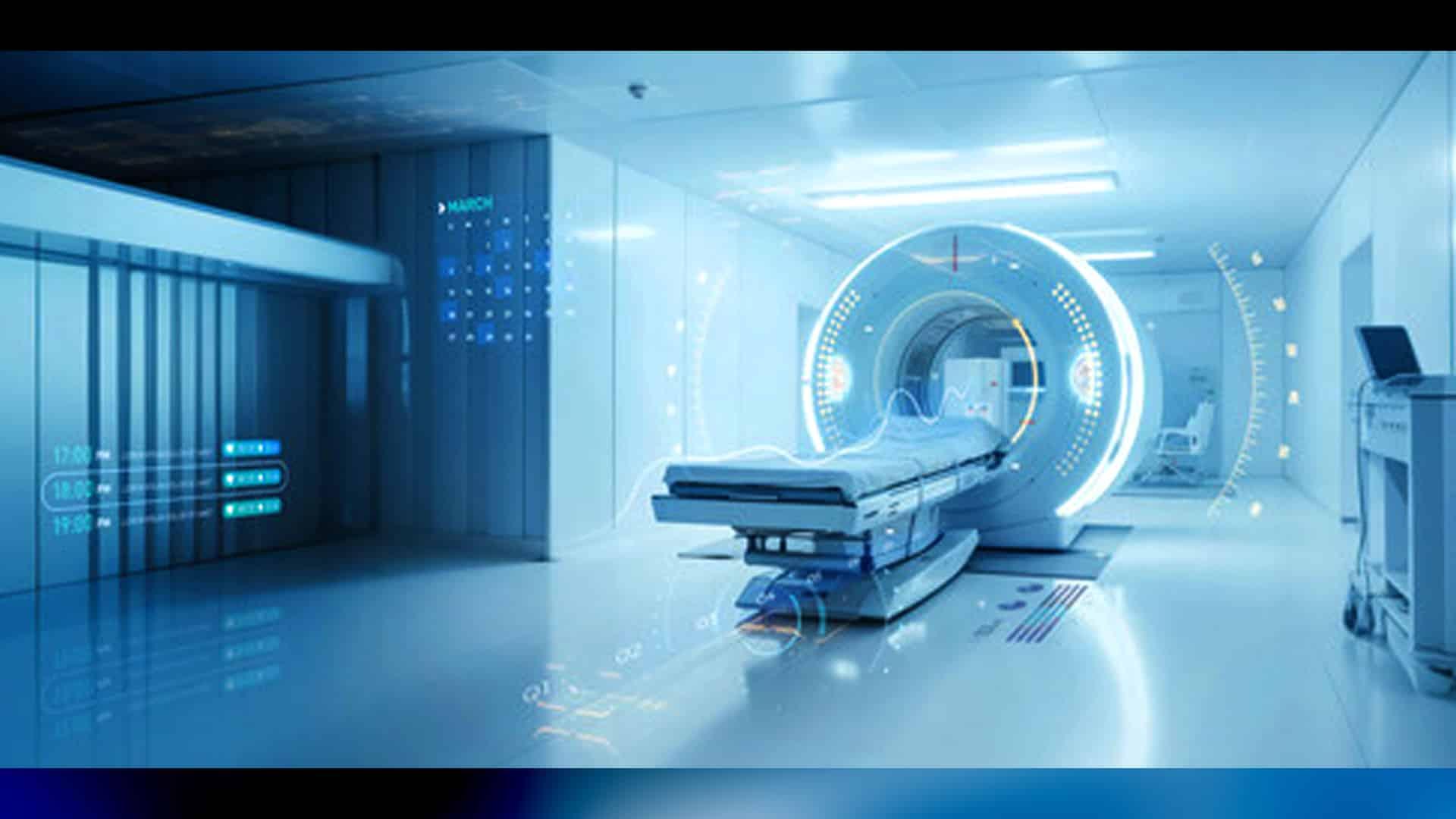The Growing Market for Refurbished and Recertified Devices
The medical device industry is worth billions globally, but purchasing new high-tech equipment is extremely costly for many healthcare providers. As technologies advance rapidly, hospitals and clinics are often forced to replace devices well before the end of their functional lifespan. This results in large volumes of barely used devices entering the surplus market each year. However, with proper refurbishing and recertification, these pre-owned devices can provide significant value for buyers. The market for refurbished and recertified medical equipment has been growing steadily and is expected to become a multibillion-dollar industry over the next decade.
Refurbishing Processes Ensure Safety and Performance
When devices are returned by their original owners, specialized refurbishing companies thoroughly inspect and test each component. Any worn or defective parts are replaced with original manufacturer spare parts to ensure long-term reliability. Devices then undergo rigorous refurbishment processes as per industry standards, which may include cleaning, disinfection, inspection, electrical safety testing, performance testing, and recertification. Refurbishers can also upgrade devices to the latest software configurations. Comprehensive quality control protocols ensure pre-owned devices meet OEM specifications and safety regulations upon resale. Extensive documentation of refurbishing work provides buyers assurance of the safety, functionality and warranty of these units.
Cost Savings of 30-50% Compared to New Devices
the biggest advantage of pre-owned medical devices is the significant savings they provide compared to purchasing the same equipment brand new. On average, healthcare providers can expect to save 30-50% on the acquisition cost of a refurbished device. Ongoing costs like supplies and service agreements are also lower compared to new equivalents. The savings add up, allowing cash-strapped hospitals to upgrade more frequently and expand their range of diagnostic and treatment services while operating on constrained budgets. For clinics in rural or developing areas, access to pre-owned equipment broadens the types of medical care they can provide locally.
Wide Range of Device Types Available
Virtually every major category of medical device eventually becomes available on the pre-owned market through resale channels. This includesbig-ticket items like MRI and CT scanners, various imaging equipment, laboratory analyzers, monitors, endoscopic systems, and even entire operating room suites. There is also no shortage of supplies like surgical instruments, consumables and single-use devices with remaining shelf life that are refurbished and resold. Whether replacing an aging unit or expanding limited capabilities, healthcare providers can source the specific device models they require pre-owned. An array of options exist across all major OEM brands depending on a facility's needs and preference.
Reliable Sourcing from Accredited Suppliers
when purchasing pre-owned equipment, it is important to deal only with refurbishers accredited by regulatory bodies like the Joint Commission and ISO-certified for quality standards. Accredited suppliers perform due diligence on device histories, refurbishing quality and parts procurement. They also provide standard manufacturer-level warranties for pre-owned systems. Larger, well-established suppliers boast inventory of thousands of units and can reliably deliver devices to customer specifications and schedules. Online marketplaces now connect buyers directly with accredited refurbishing companies, offering transparency on available inventories, device conditions and competitive quotes. Reliable sourcing options ensure safer, smoother procurement of pre-owned medical technologies.
Expanding Role in Achieving Healthcare for All
As healthcare costs continue rising, pre-owned medical devices will play an increasingly important role in expanding access to advanced care globally. They offer a more sustainable approach compared to the traditional ‘one-time use and replace’ model of the device industry. By efficiently redeploying technologies already paid for, the market reduces medical waste while stretching constrained funding further. This enables even cash-strapped public hospitals and small clinics to acquire the latest diagnostic tools. It could also help developing nations procure core capabilities more rapidly as part of universal healthcare initiatives. As quality standards and transparency rise, pre-owned equipment will continue challenging status quo attitudes while enabling more cost-effective healthcare delivery industry-wide.
In conclusion, as this article demonstrates, the market for refurbished and recertified medical devices presents a win-win scenario for both healthcare providers and patients. It allows facilities to affordably expand or upgrade their capabilities according to rising needs. With rigorous quality assurance, these pre-owned technologies deliver reliability and performance on par with new equipment while offering 30-50% in savings. Suppliers now provide a variety of sourcing options along with warranty support. Overall, pre-owned medical devices are poised to transform the healthcare landscape by making advanced care more sustainable and accessible worldwide.
Accessible Healing: Pre-Owned Medical Equipment Picks

